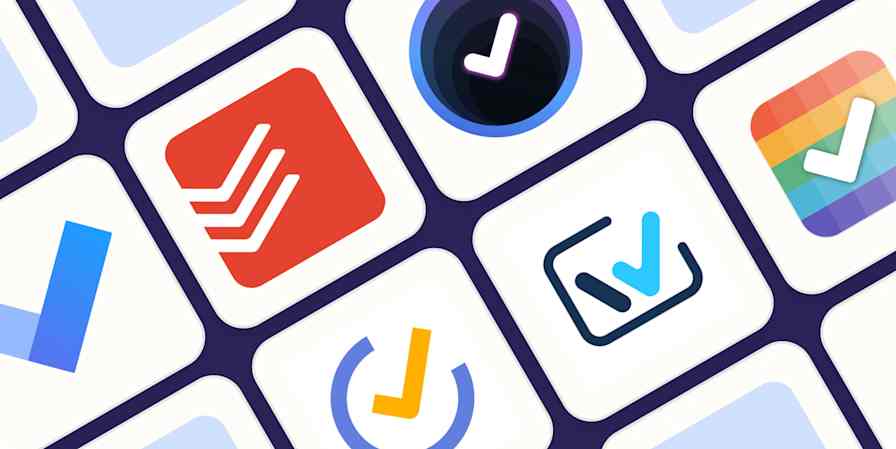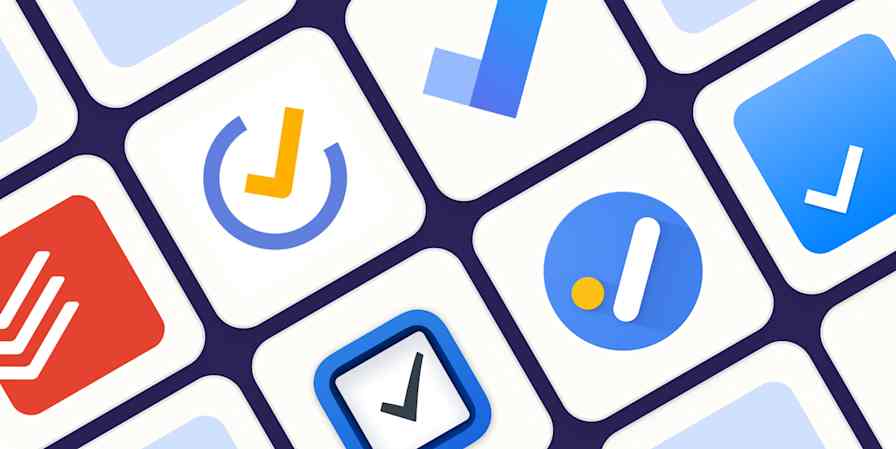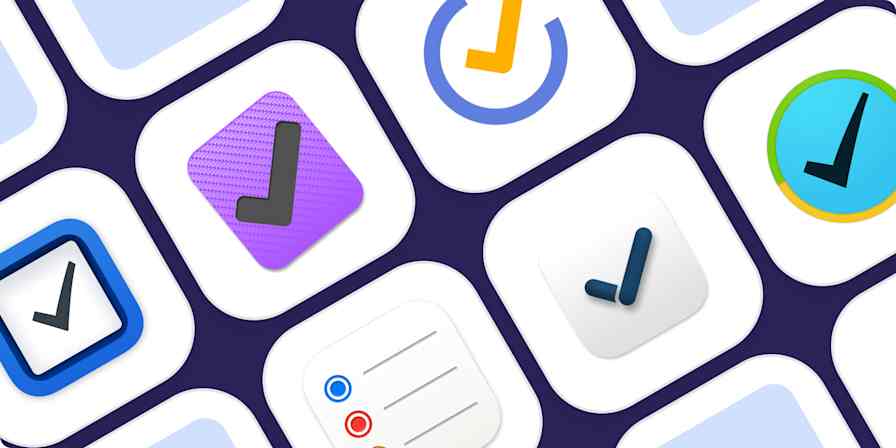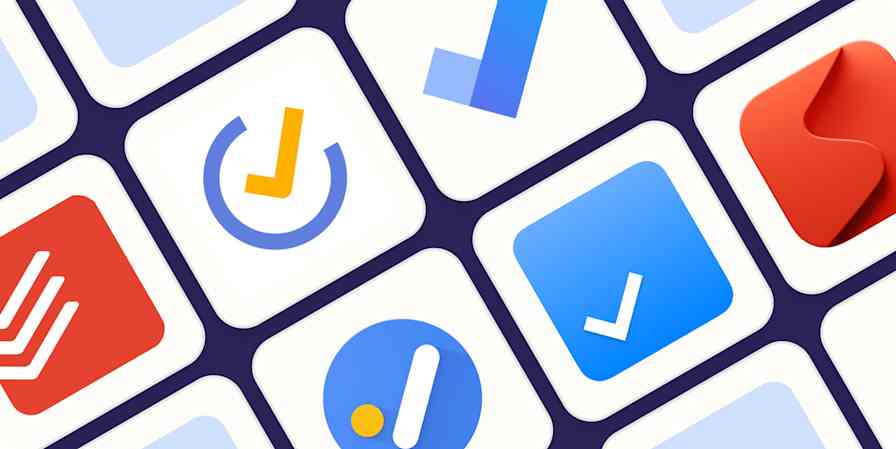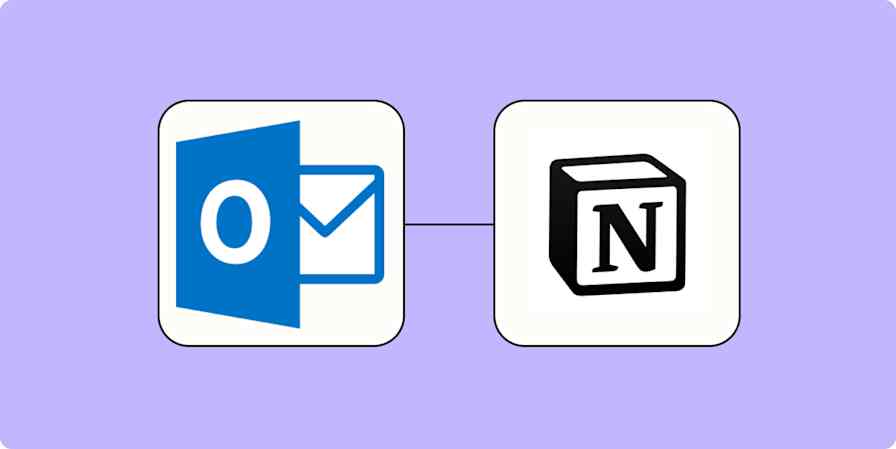Productivity tips
6 min read6 to-do list ideas to help you get more done
By Hannah Herman · February 13, 2024
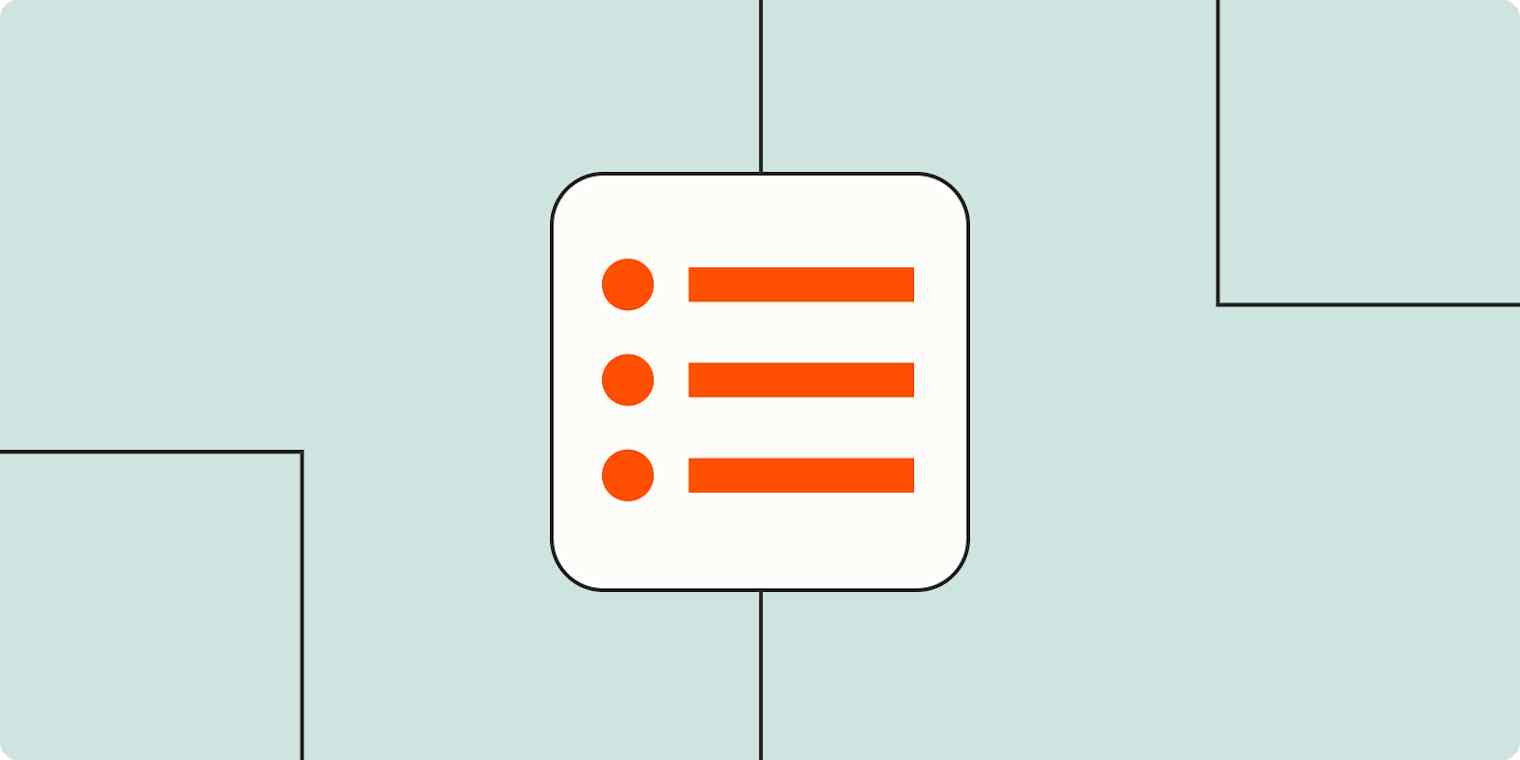
Get productivity tips delivered straight to your inbox
We’ll email you 1-3 times per week—and never share your information.
Related articles
Improve your productivity automatically. Use Zapier to get your apps working together.


